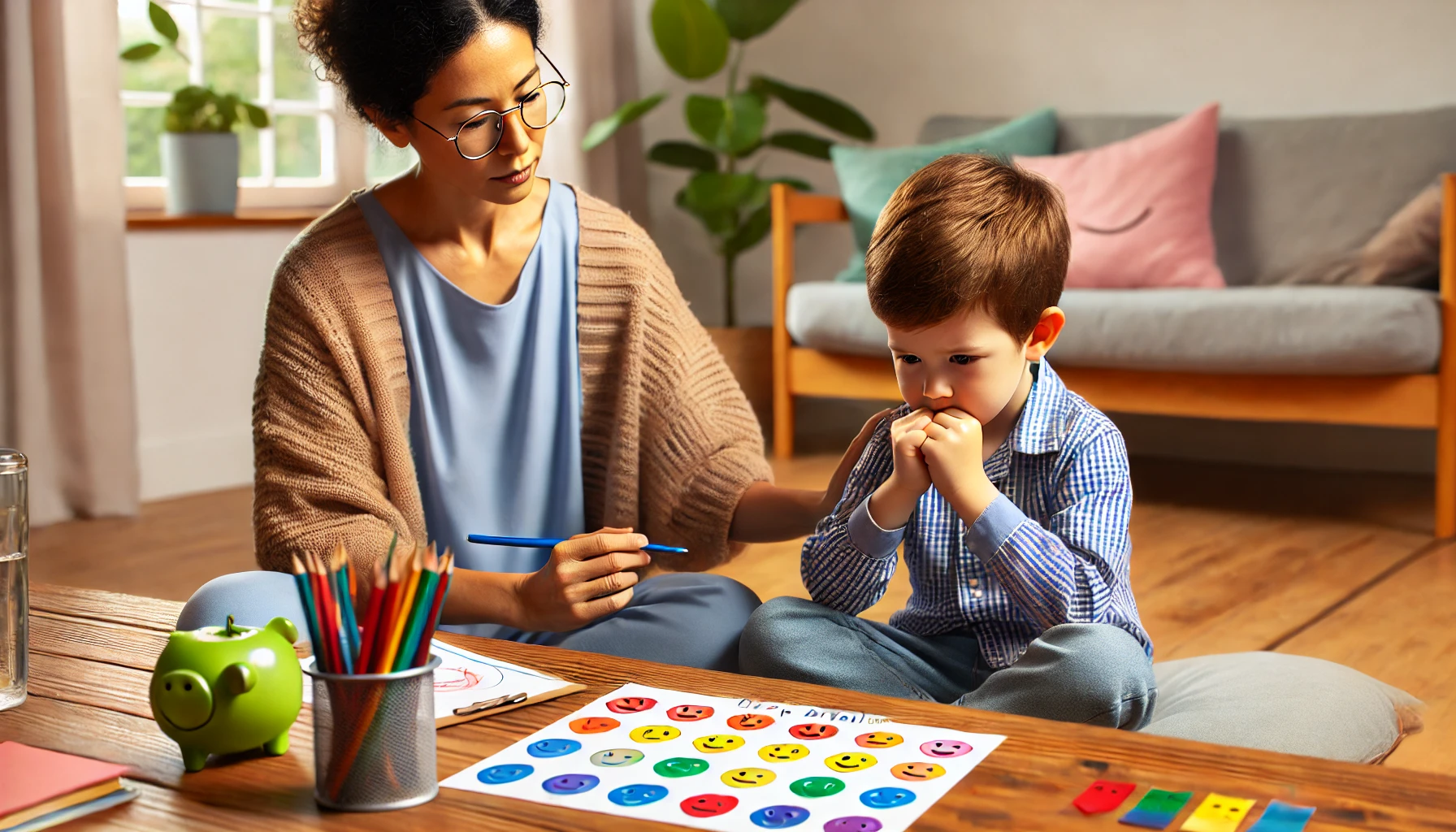How to Teach Young Children About Handling Emotions in a Healthy Way
Helping young children understand and manage their emotions is a vital part of their development. When kids learn to express their feelings in healthy ways, they become more confident, empathetic, and better equipped to face everyday challenges. Parents and caregivers play a key role in guiding children toward emotional awareness and self-regulation. In this article, we’ll explore practical strategies to teach young children how to handle emotions in a healthy and constructive way.
Why Emotional Education Matters for Kids
- Builds self-awareness – Helps kids recognize and name their feelings.
- Develops emotional control – Teaches strategies for calming down and responding thoughtfully.
- Improves relationships – Encourages empathy, communication, and conflict resolution.
- Supports mental well-being – Reduces anxiety, frustration, and emotional outbursts.
- Lays a foundation for lifelong coping skills – Prepares children to navigate life’s ups and downs.
1. Help Kids Name Their Emotions
Labeling emotions is the first step toward managing them.
Activity Idea:
- Use an emotion chart with faces showing different feelings (happy, sad, mad, scared, excited).
- Ask, “How are you feeling right now?” and let kids point to or name the emotion.
- Introduce new emotion words over time: “disappointed,” “nervous,” “grateful.”
What Kids Learn:
- That all feelings are normal and okay to talk about.
- How to recognize what’s going on inside.
- The power of naming a feeling to better understand it.
2. Create a Safe Space to Express Feelings
Children are more likely to talk about their emotions if they feel secure and supported.
Activity Idea:
- Let kids know it’s okay to feel upset, angry, or sad. Say: “You can always talk to me about your feelings.”
- Avoid dismissing or minimizing: replace “You’re fine!” with “I see you’re feeling upset. Want to talk about it?”
- Have a “calm corner” where kids can retreat when they’re overwhelmed.
What Kids Learn:
- That feelings aren’t something to hide.
- How to safely express emotions without shame.
- That trusted adults will listen and support them.
3. Use Books and Stories to Explore Emotions
Books make emotional topics accessible and relatable.
Activity Idea:
- Read books like The Color Monster by Anna Llenas or When Sophie Gets Angry—Really, Really Angry by Molly Bang.
- Ask questions like, “What was the character feeling?” or “What helped them feel better?”
- Create your own stories about a character who learns to handle big emotions.
What Kids Learn:
- That emotions are shared experiences.
- How others manage feelings in healthy ways.
- That talking about emotions is a normal part of life.
4. Teach Simple Calming Techniques
Give kids tools they can use to calm down when emotions feel overwhelming.
Activity Idea:
- Practice deep belly breathing: “Smell the flower, blow out the candle.”
- Use squeeze balls, stress toys, or a glitter jar to soothe strong feelings.
- Try gentle stretching or quiet music as part of a “calm-down routine.”
What Kids Learn:
- That they can control how they respond to strong emotions.
- How physical movement or breath can help them feel better.
- Techniques they can use independently when they need to.
5. Encourage Expression Through Art and Play
Creative activities are powerful ways for children to process their emotions.
Activity Idea:
- Invite kids to draw or paint their feelings. Ask, “What color is your emotion today?”
- Use dolls or stuffed animals to role-play different situations and feelings.
- Play “feelings charades,” where kids act out emotions and guess each other’s.
What Kids Learn:
- That feelings can be expressed in more than words.
- How creativity helps release and understand emotions.
- The freedom to explore different ways of self-expression.
6. Model Healthy Emotional Behavior
Children learn by observing how adults manage their own emotions.
Activity Idea:
- Narrate your emotions: “I feel frustrated right now, so I’m going to take a deep breath.”
- Talk about how you solved emotional problems: “I felt angry, but I used words instead of yelling.”
- Share how you feel gratitude, happiness, or worry in everyday life.
What Kids Learn:
- That even grown-ups have emotions to manage.
- How to respond calmly and respectfully.
- The importance of self-awareness and self-control.
7. Teach Kids to Problem-Solve When Emotions Are High
Empowering kids with solutions builds resilience and independence.
Activity Idea:
- Ask, “What can we do to make this better?” or “What might help you feel different?”
- Offer options: “Do you need a hug, a break, or to talk it out?”
- Teach a simple step plan: 1) Name the feeling, 2) Take a breath, 3) Choose what to do next.
What Kids Learn:
- That they have tools to work through emotional moments.
- How to shift from reaction to thoughtful action.
- That they are capable of managing their own feelings.
8. Celebrate Emotional Growth
Recognize and praise when children handle their emotions in positive ways.
Activity Idea:
- Say: “You stayed calm when your tower fell down—great job!”
- Use a feelings tracker or journal where kids draw their moods each day.
- Share progress stories: “Last time you got frustrated, you yelled. This time, you took a break. That’s amazing!”
What Kids Learn:
- That their efforts to manage emotions matter.
- How emotional growth takes time and practice.
- The pride of mastering their inner world.
Final Thoughts
Teaching young children how to handle emotions in a healthy way lays the foundation for emotional intelligence, empathy, and resilience. With consistent support, modeling, and tools, parents can empower children to recognize, express, and manage their feelings in ways that help them thrive—at home, in school, and beyond.
